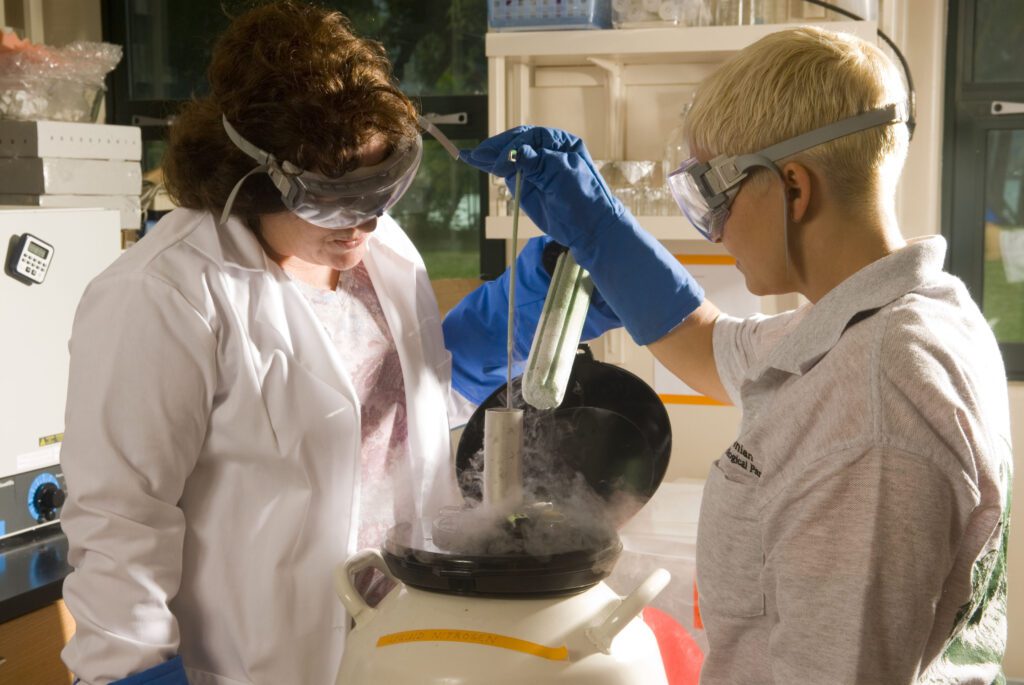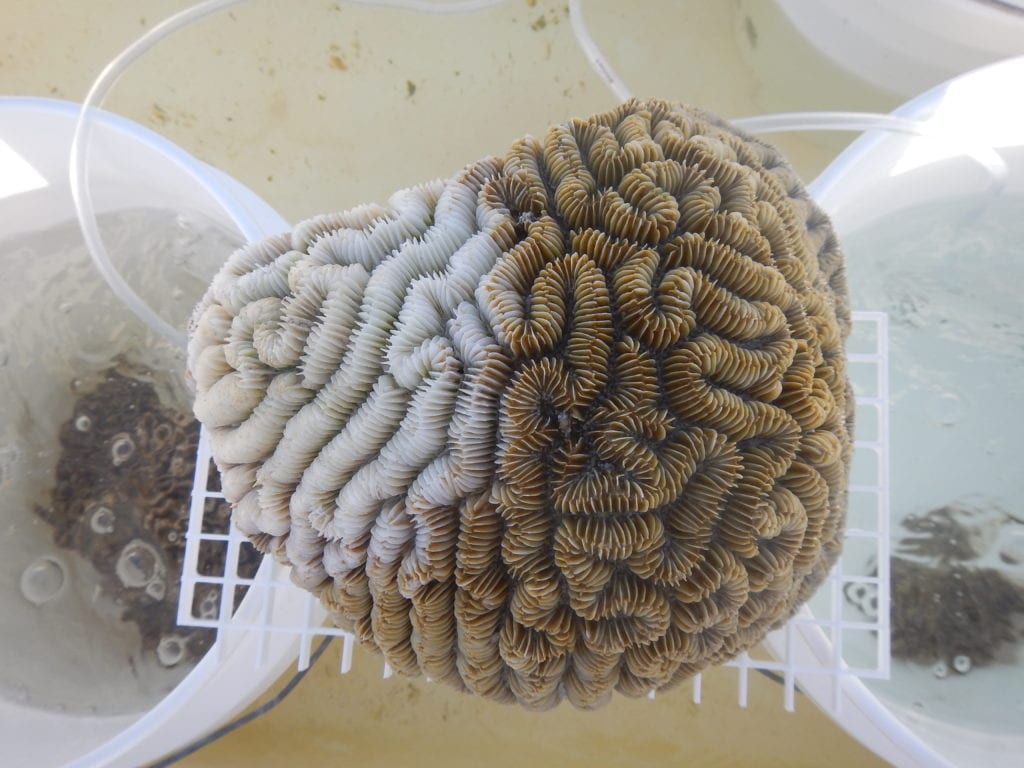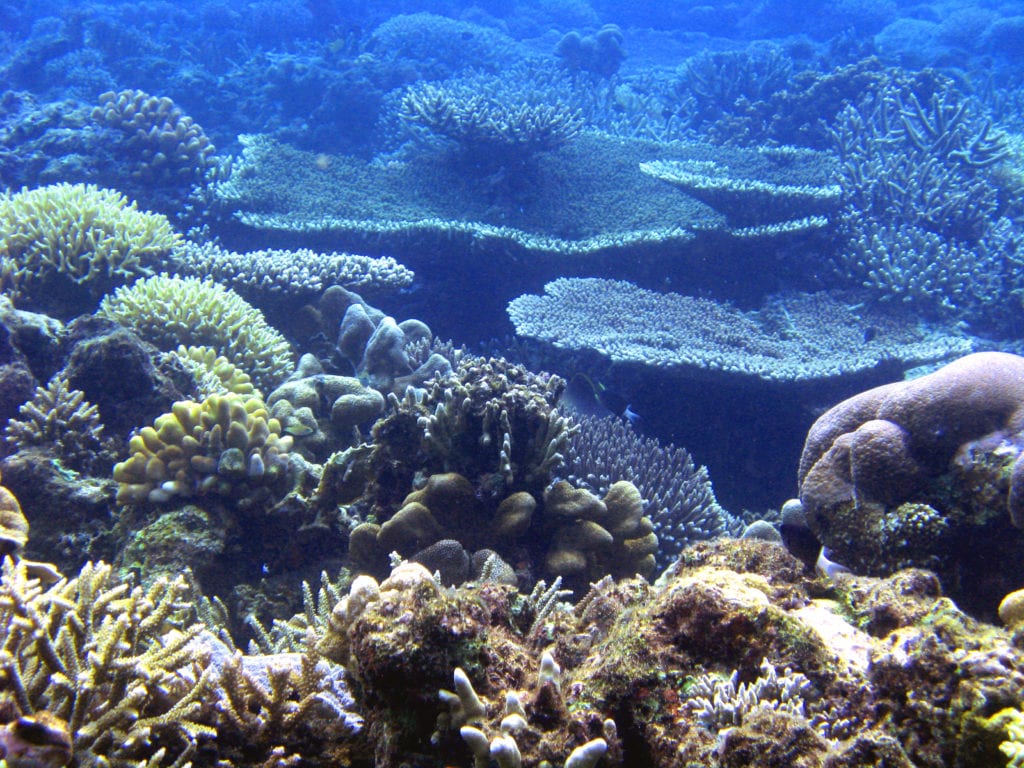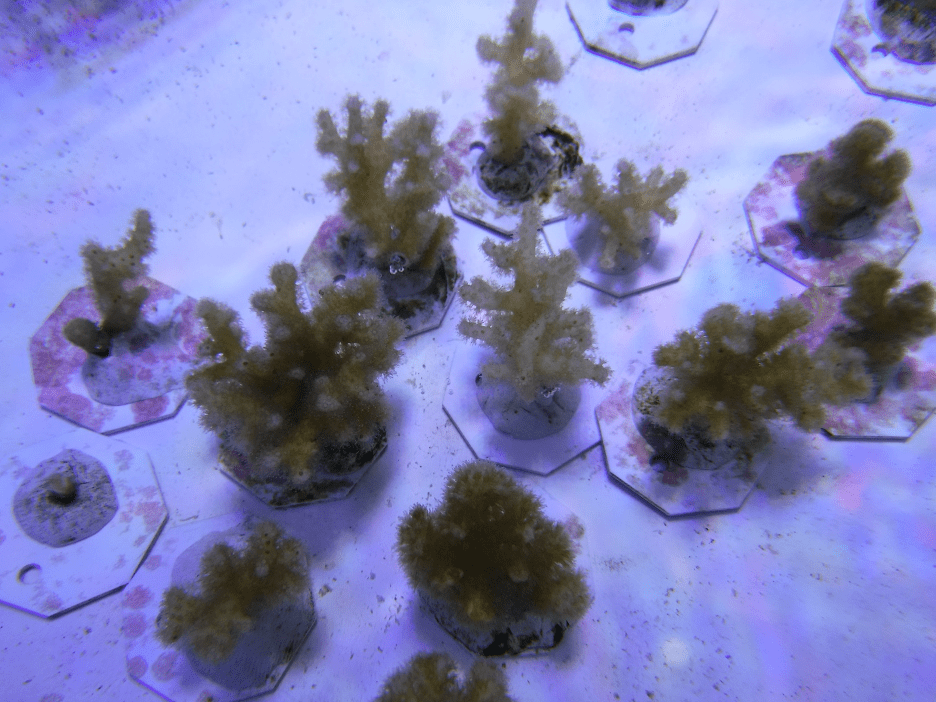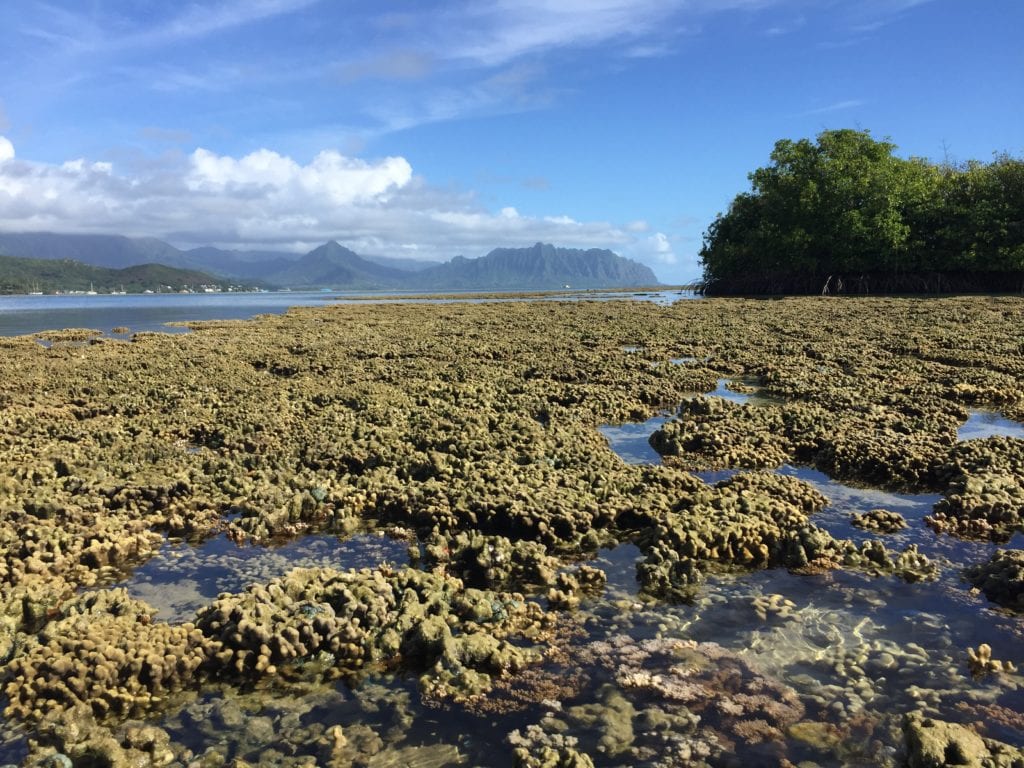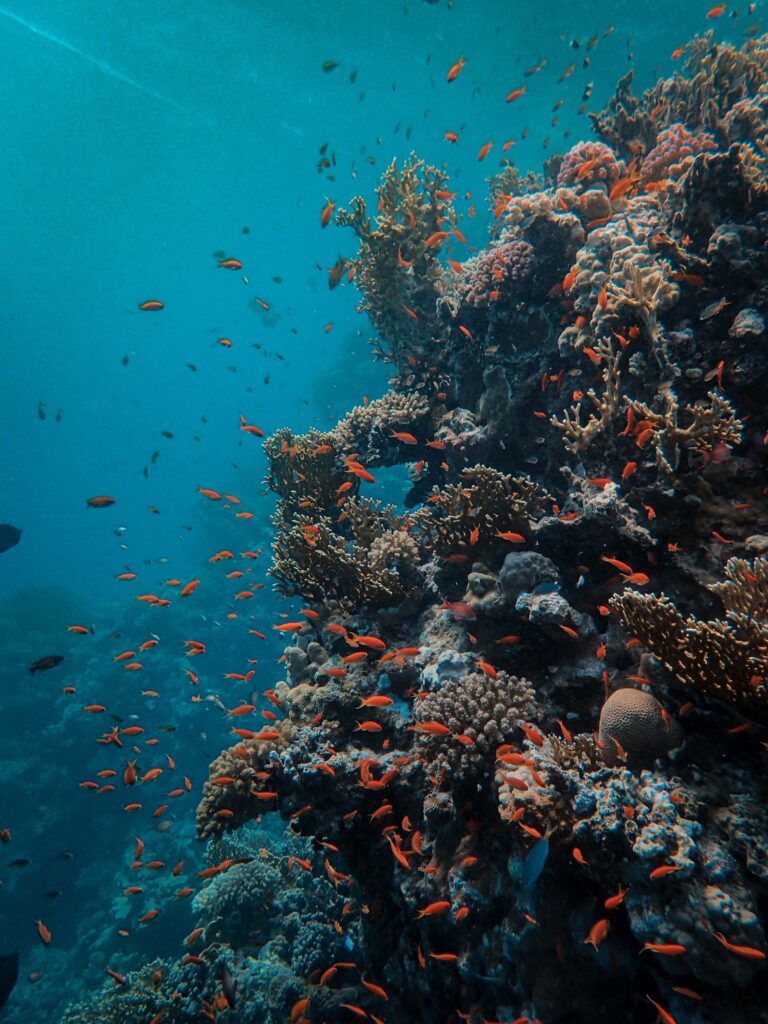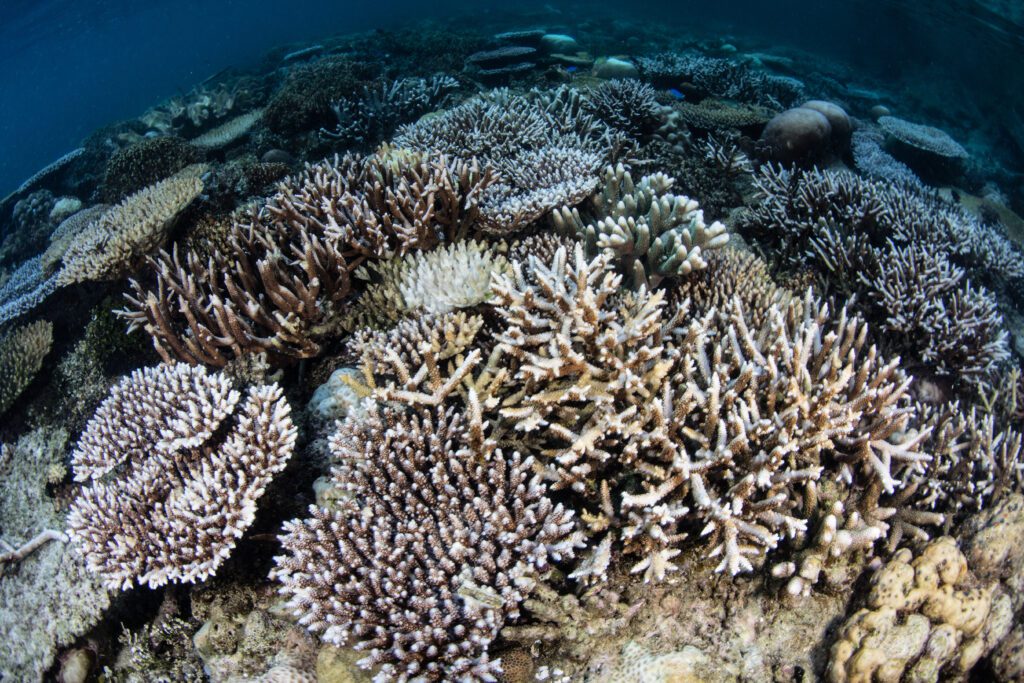Advanced Coral Toolkit
The Advanced Coral Toolkit supports the development and field testing of new biotechnologies that have the potential to greatly benefit coral resilience and restoration efforts.
Launched in 2019, the goal of the program is to help corals (and the communities that depend on them) flourish despite their warming, changing world through the use of biotechnology. Explore our projects below:
Filter
We’ve funded
13
High-impact coral projects
We’ve raised over
7 million
for coral technologies
Our projects span
11
U.S. institutions
"By supporting the rapid deployment of coral conservation tools, the Advanced Coral Toolkit program has inspired academic researchers to refocus their work to meet this important goal."
Dr. Debashish Bhattacharya
Distinguished Professor at Rutgers University, Advanced Coral Toolkit grantee
ANNOUNCING: Revive & Restore-funded Technique Could Facilitate Rapid Cryopreservation of Coral Species
Scientists at the National Zoo and Conservation Biology Institute, Texas A&M University, and UC Berkeley announce the first successful technique for cryopreserving and reviving entire coral fragments. This proof-of-concept project, funded by Revive and Restore, opens the door to collecting and preserving coral fragments easily and rapidly at an urgent moment for coral worldwide.
Mary Hagedorn + student cryopreserve coral | J. Daniels
"Working with Revive & Restore has been a pleasure because it has been a team effort from the very beginning. The R&R team are extremely dedicated to the success of their grantees in the practical application of conservation science into conservation actions."
Dr. Mary Hagedorn
Research Scientist at the National Zoo Conservation Biology Institute, Advanced Coral Toolkit grantee


